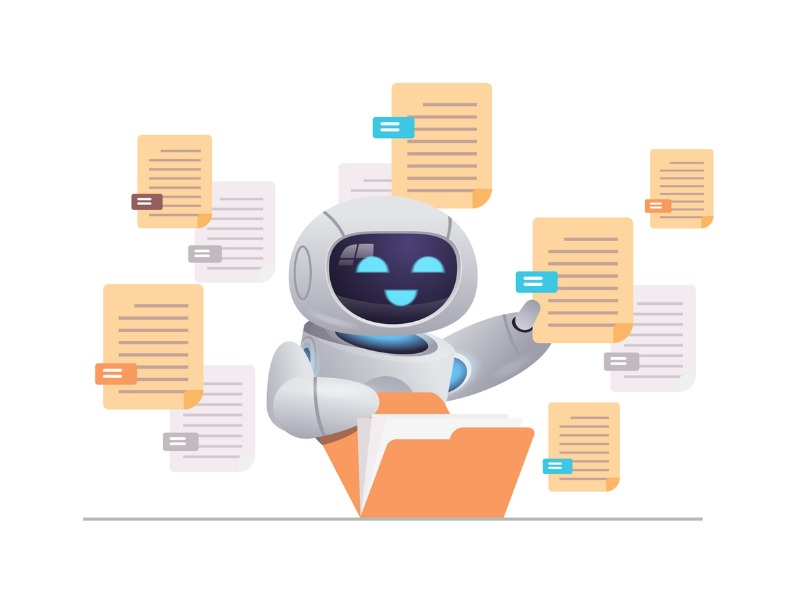How automation’s shifting on-site claims work to bigger losses

COVID-19 accelerated development of process efficiencies for insurance adjusters.
Pre-pandemic, data-gathering and communications systems began shifting many claims to desk teams, creating efficiencies for adjusters by reserving site visits for complex cases. “What COVID did was expedite some of that work,” said Tracy Riley, chief digital officer at Wawanesa Mutual Insurance.
Plus, adjusters didn’t fully veer from business as usual during the lockdowns.
“Claims management was considered an essential service, so we weren’t necessarily required to completely change how we ran our business in terms of site visits, aside from the additional PPE and pre-visit COVID questionnaire requirements,” said Dustin Volk, senior vice president for national operations at ClaimsPro.
“As far as automation goes, our focus has really been on the more straightforward, lower-value tasks, [allowing] the team to focus on those higher-value tasks.”
Automation’s also streamlining claims intake.
“Handling claims through automation [lets us] take on more volume and improve throughput,” said Mike Ackroyd, CIO at ClaimsPro. “We’ve improved quality through lack of data transposition errors, [compared to how] a human had been doing it previously.”
That’s helpful when claims involve multiple stakeholders – clients, vendors, contractors and insurers – who must access the same files.
Desk management’s been well-received for simpler claims, Riley noted. Customers appreciate the convenience of not having to set up appointments to speak with adjusters or be at home to meet with them.
“I think of those moments when, if I lost a ring, I probably just want that ring replaced,” she said. “I don’t need to go through an interview and in-person meeting.”
The quest for efficiencies means industry players want to handle routine tasks quickly, so teams can focus on higher-value activities and reduce turnaround times.
“If we can save 30 minutes entering information off of a piece of paper into our system, that team member now has that 30 minutes to make contact and actually investigate that claim,” said Volk. “[They can] speak to the claimant and move that file along.”
Although desk adjusters are handling more tasks, that structural shift allows adjusting firms to allocate more in-person teams to situations where clients need direct contact with adjusters.
Hurricane Fiona is one example, noted Riley.
“We flew a team into the area two days ahead of the hurricane,” she said. “We had drones in place that were able to get over some of the roofs and into some of the areas to start looking at some of the damage so we can start assessing and working with our customers.”
Hurricane damage also requires varied responses from adjusters, added Volk.
“If you have a fallen tree on a fence…you may be able to handle those files more easily at a desk,” he said. “When you have extensive damage…you might want to have somebody to investigate in person, document that loss, and hopefully mitigate any future exposures and losses as well.”
Even in-person visits are aided by automated tools like 360-degree cameras that can deliver point-in-time pictures of every room at a property and its exterior, noted Ackroyd, “providing full measurements and scope of the exact damage.”
The ease with which detailed images can be obtained means adjusters can avoid the practice of having customers provide their own photos.
“Having the ability to…go back and have an interactive 360 review of the site removes any ambiguity that might be captured through selective photography. You basically can walk through the entire house, zoom in and out of any area, and go room-to-room,” said Ackroyd. “It will absolutely mitigate exaggerated claims.”
When dealing with smaller claims, Volk said, adjusters may rely on customers to take photos to get an initial understanding of overall damage. “[But] having an independent review of damages, for contents valuation [and] future subrogation gives us and the insurers a much stronger file for documentation,” he said.
Allowing customers or third parties to submit their own photos can be risky. To prevent insurance fraud, Riley said her company has a special investigations unit that works with brokers, customers and people across the organization.
“They’ll identify when a potential fraudulent situation is occurring,” she said. “We monitor all claims to detect unrelated damages being included by using, for example, photos of old damages.”
This article is excerpted from one that appeared in the February-March 2023 issue of Canadian Underwriter. Feature image courtesy of iStock.com/gmast3r







